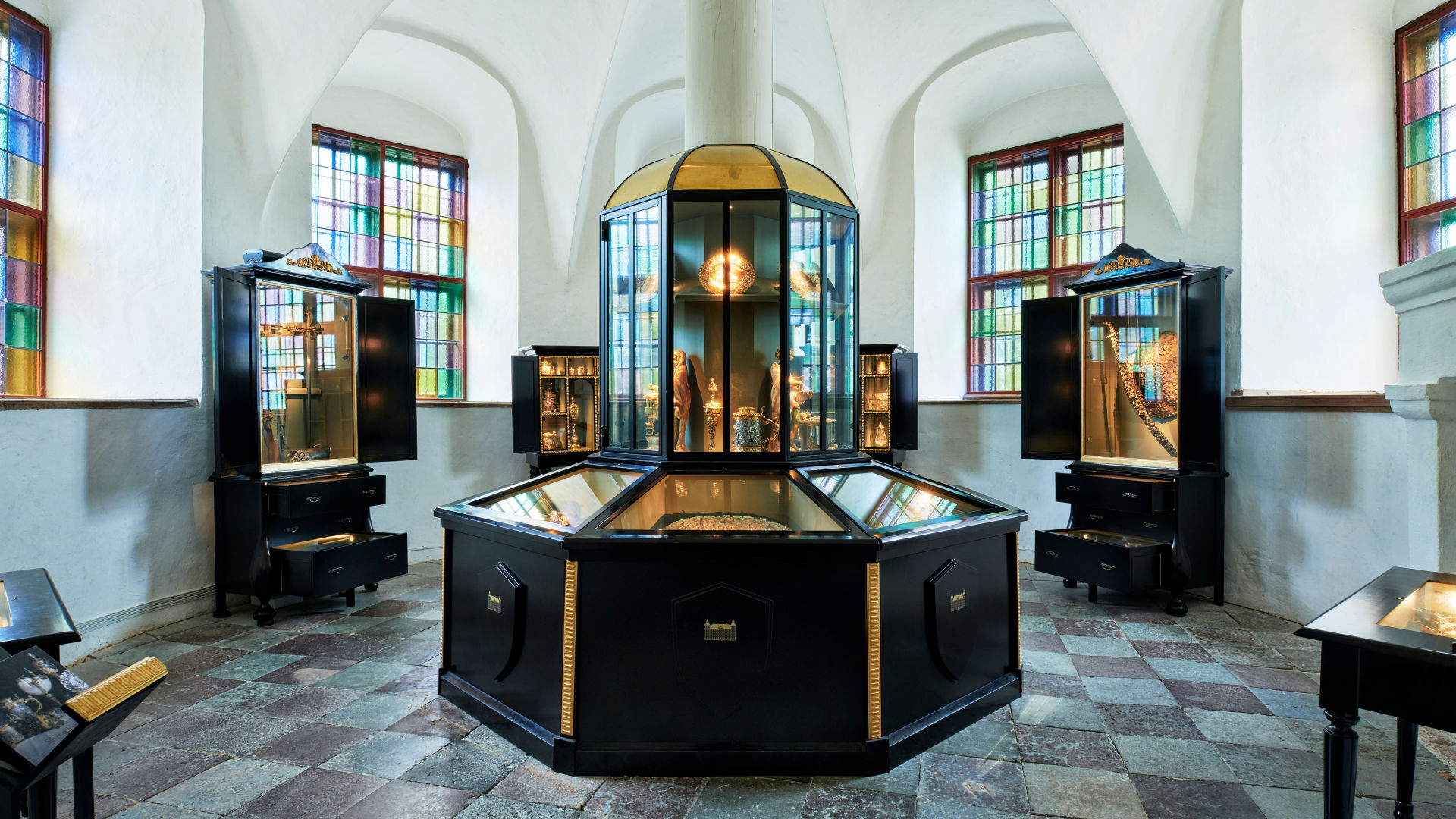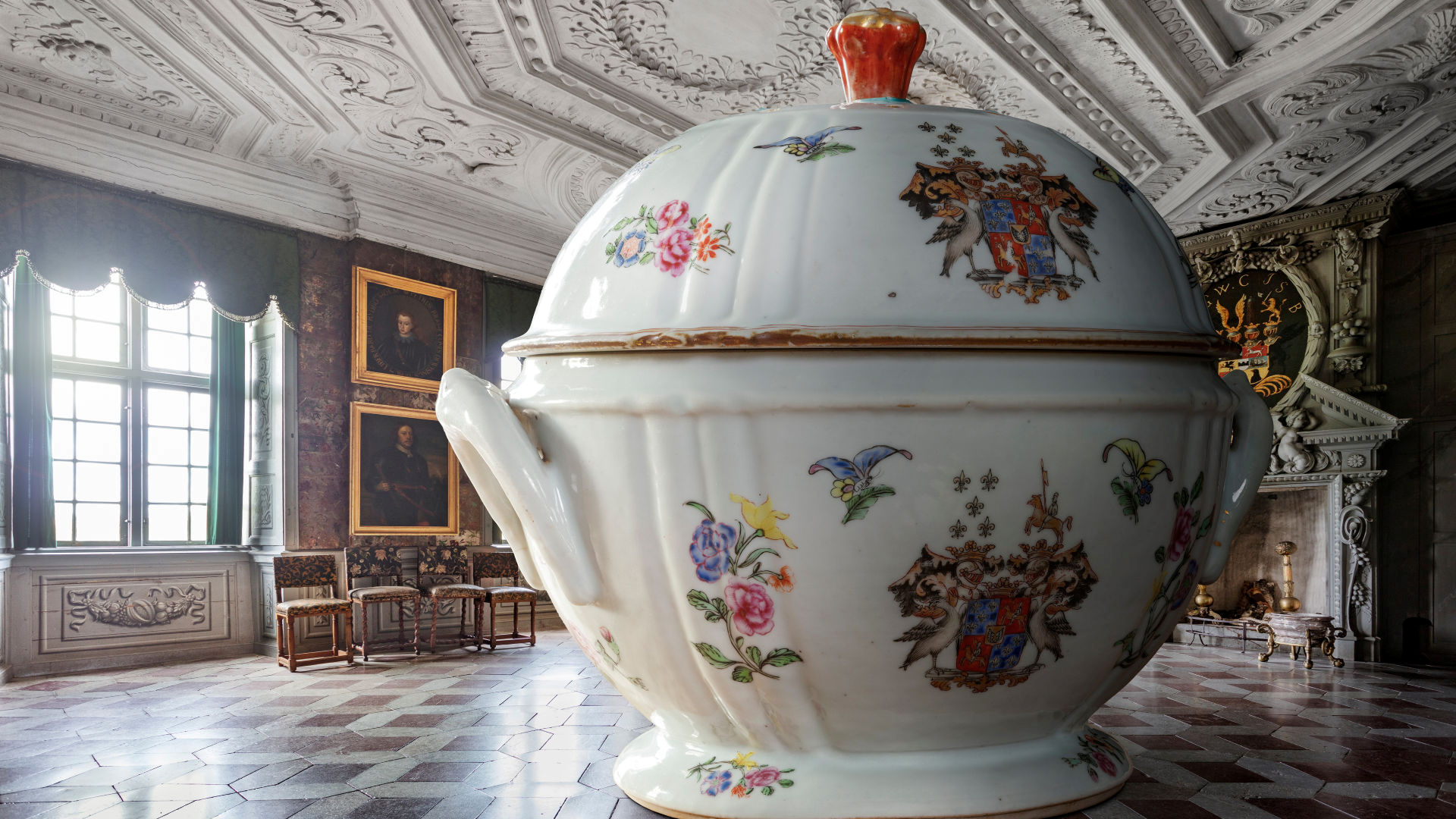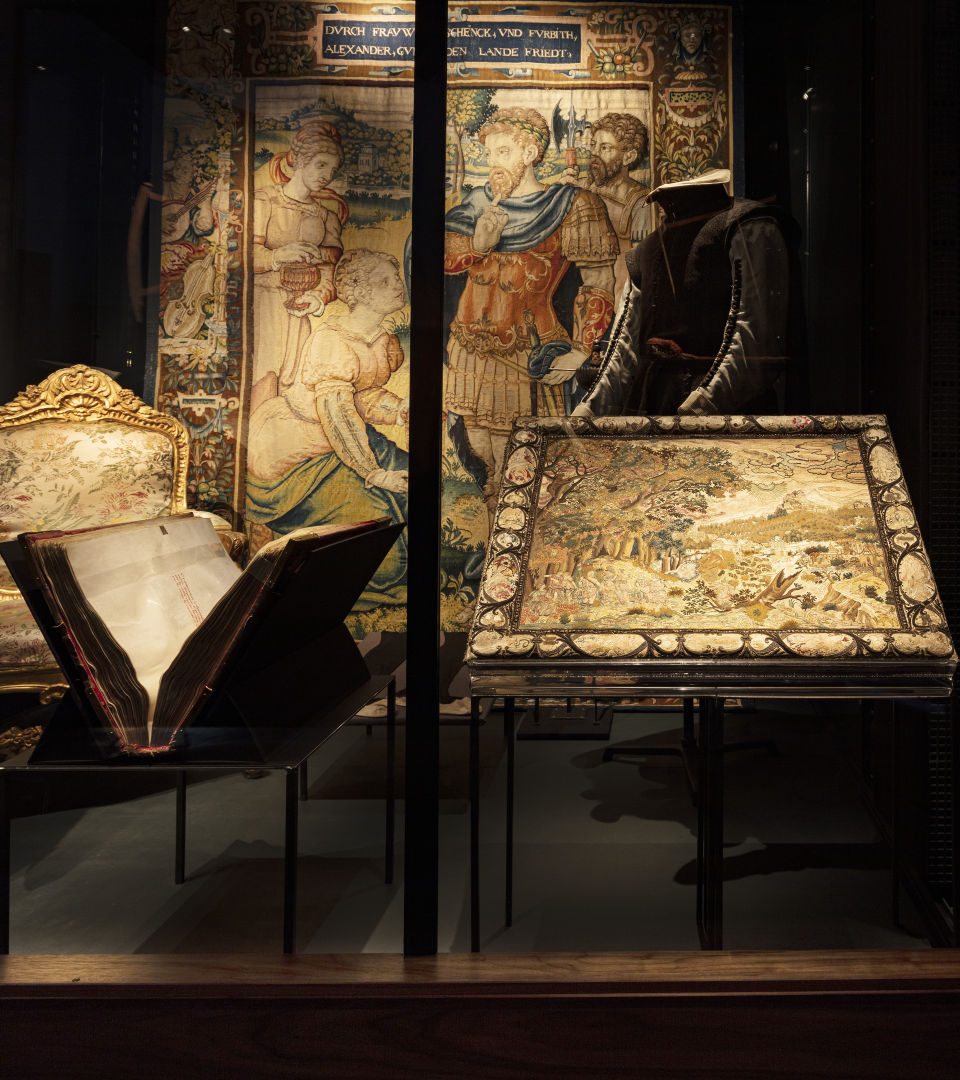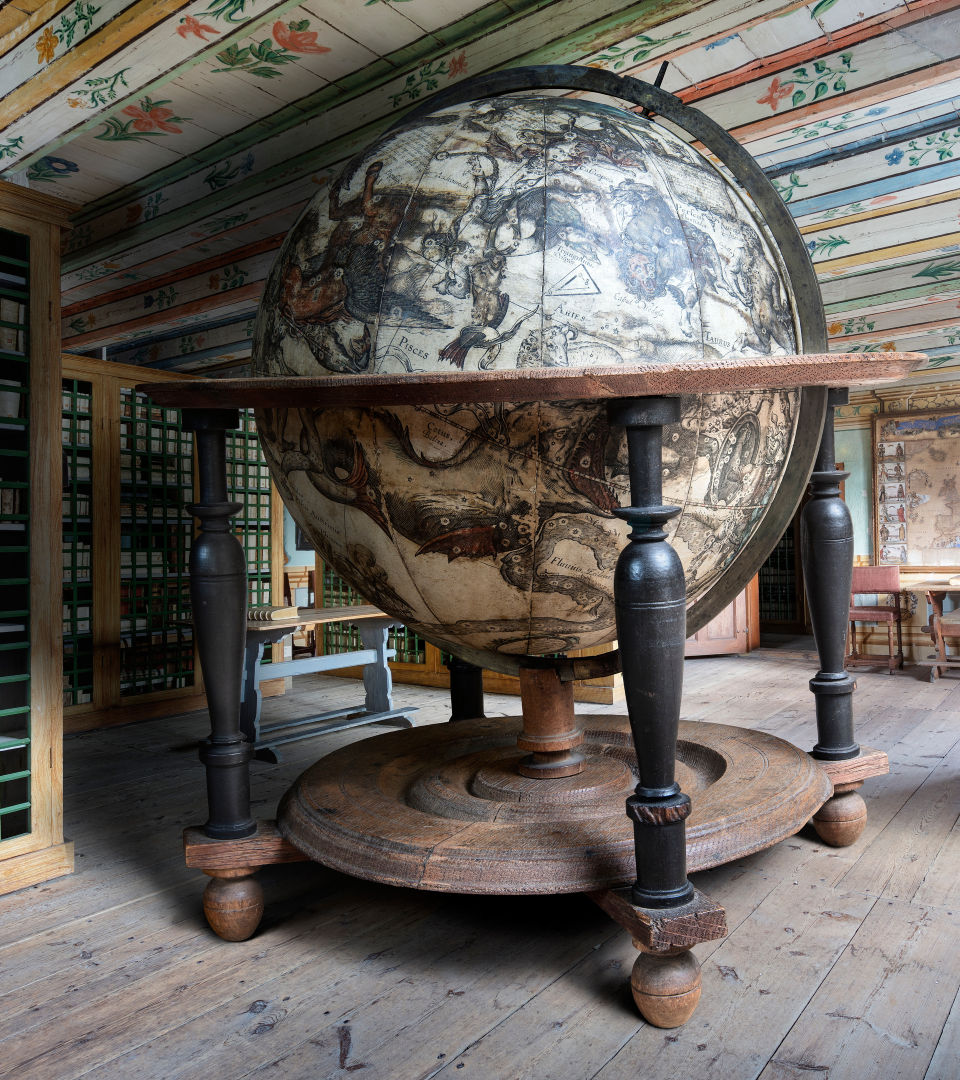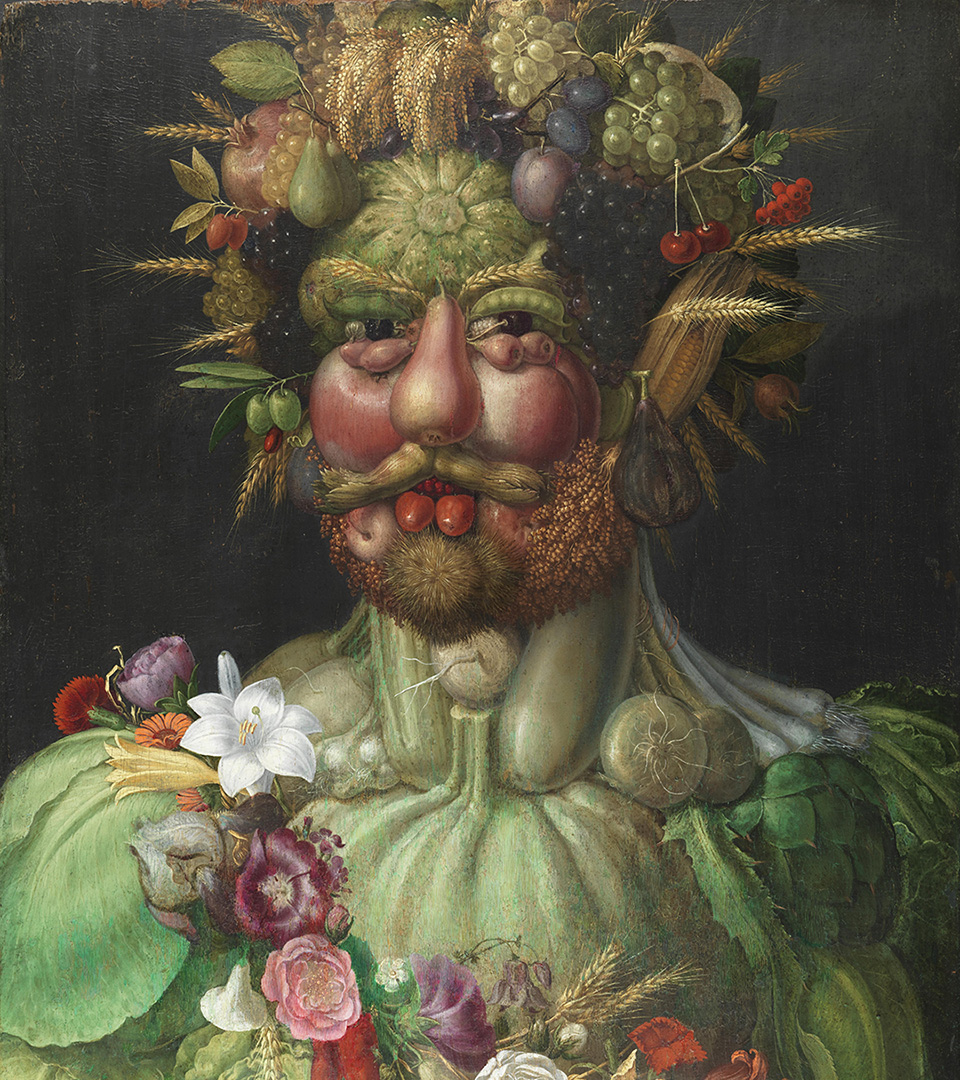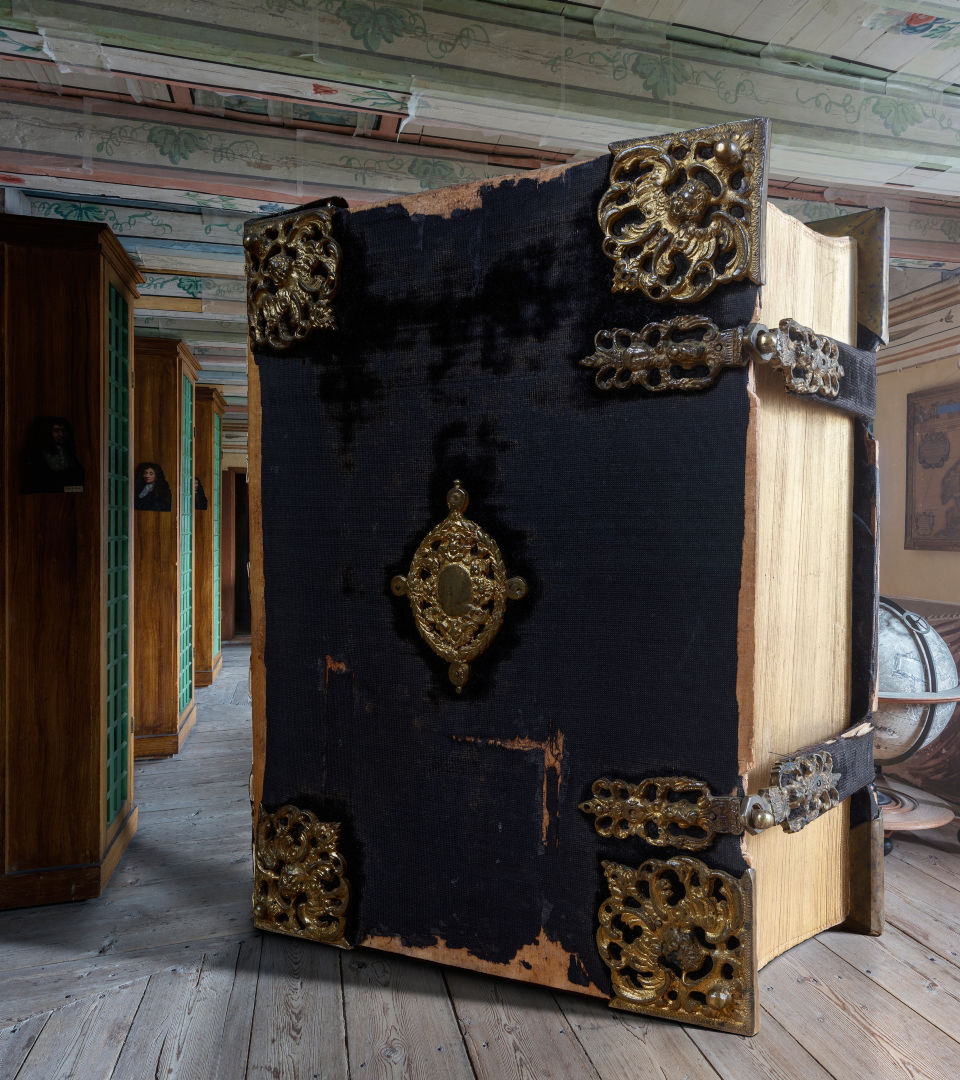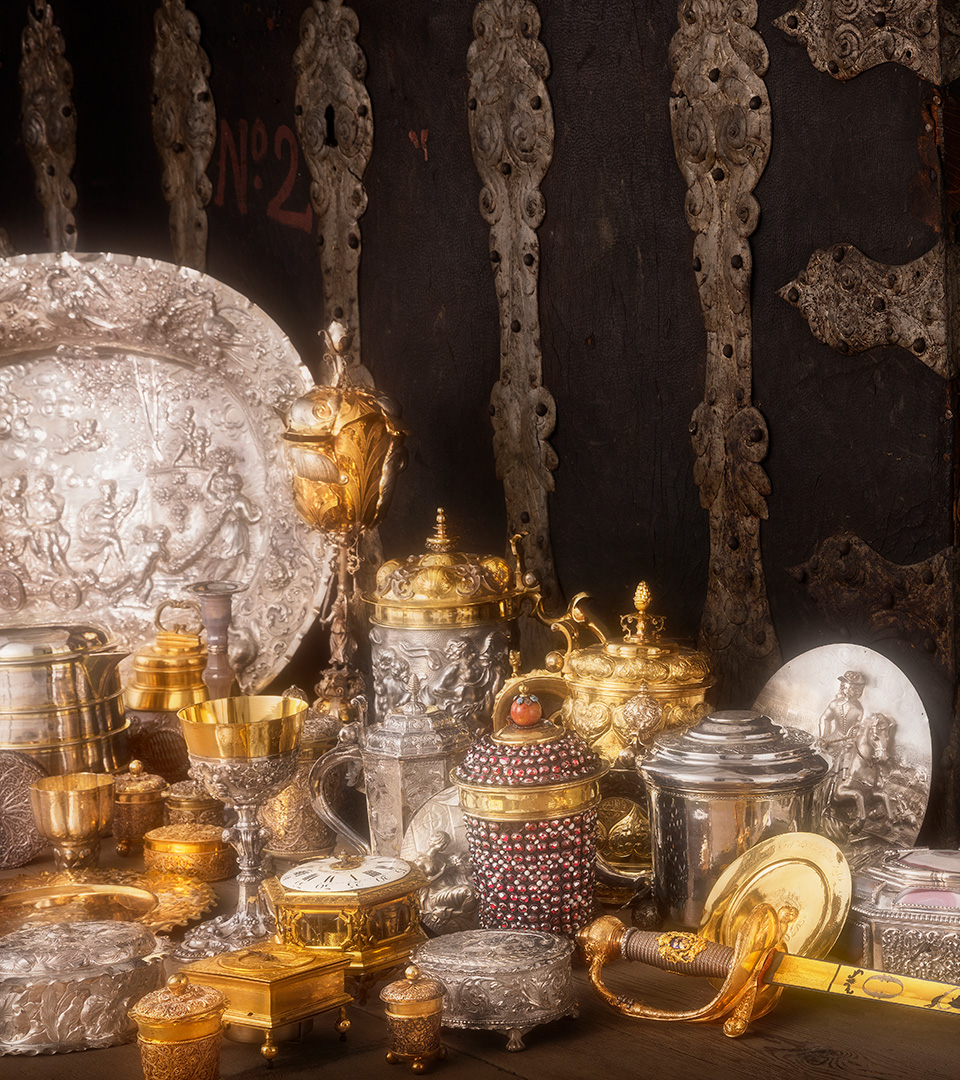Blending splendour with gleaming treasures. Stepping into the castle is to travel back to a time that has passed, to the luxurious world of the nobility and everyday life as it was for 350 years. There are furnishings, wall coverings, paintings and precious stones, all of which have a story to tell. But who were the people who gave life to the castle for three centuries? How did they view the world and what did they dream about? And why was the castle built here?
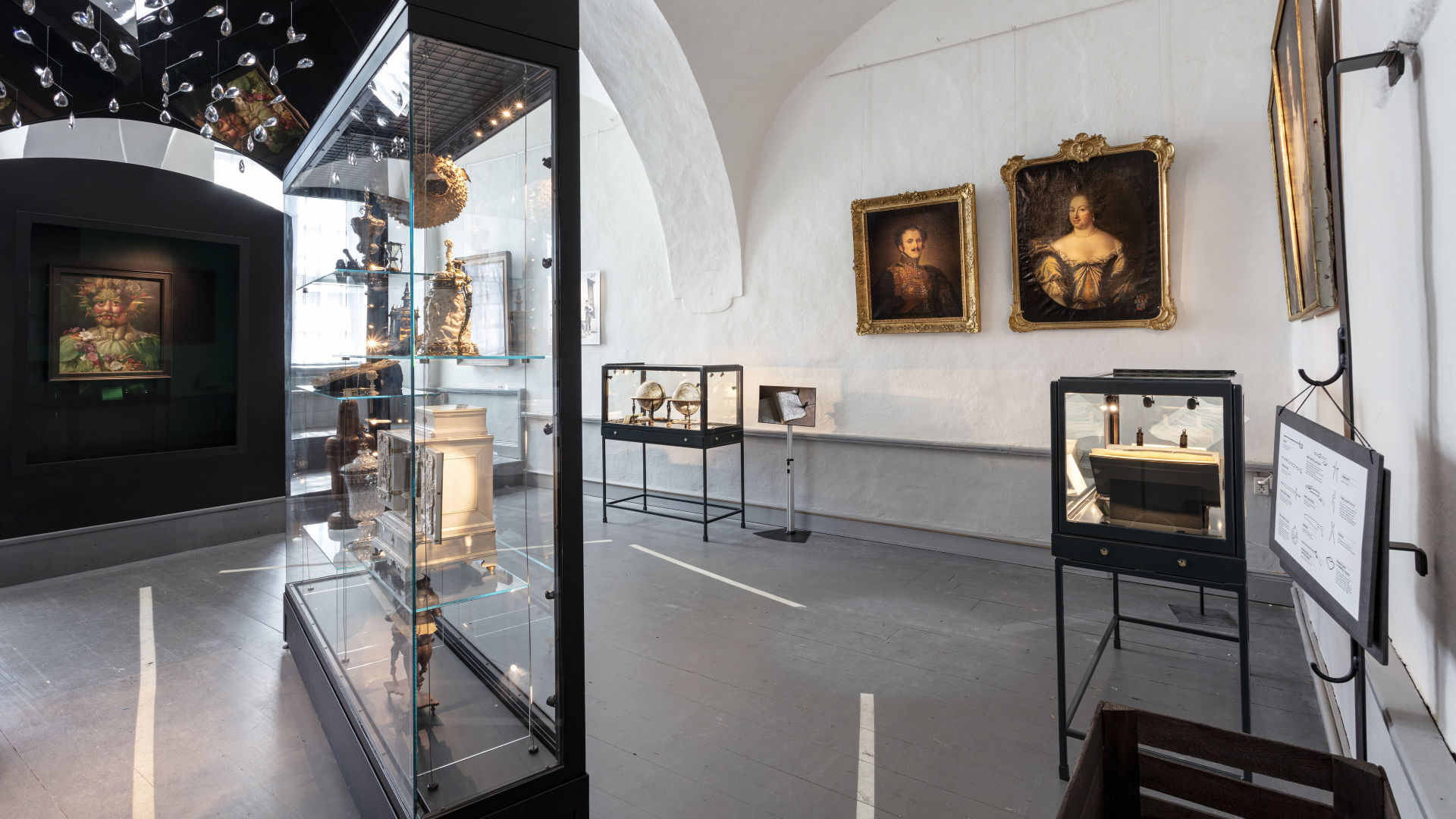
Used, Saved and Conserved
The more we know about the artefacts, the more interesting they become. Inventory lists, letters, accounts and travel descriptions, as well as newspaper articles, verbal descriptions and photographs offer information. Skokloster Castle’s collections are very wide-ranging, from the highest luxury to the mundane and everyday. There are objects here from the mid-16th century to the mid-20th century. These collections grew over a long period of time. All the castle’s owners added to the collections. What was old and worn out was replaced. Sometimes the broken and worn out items were saved.
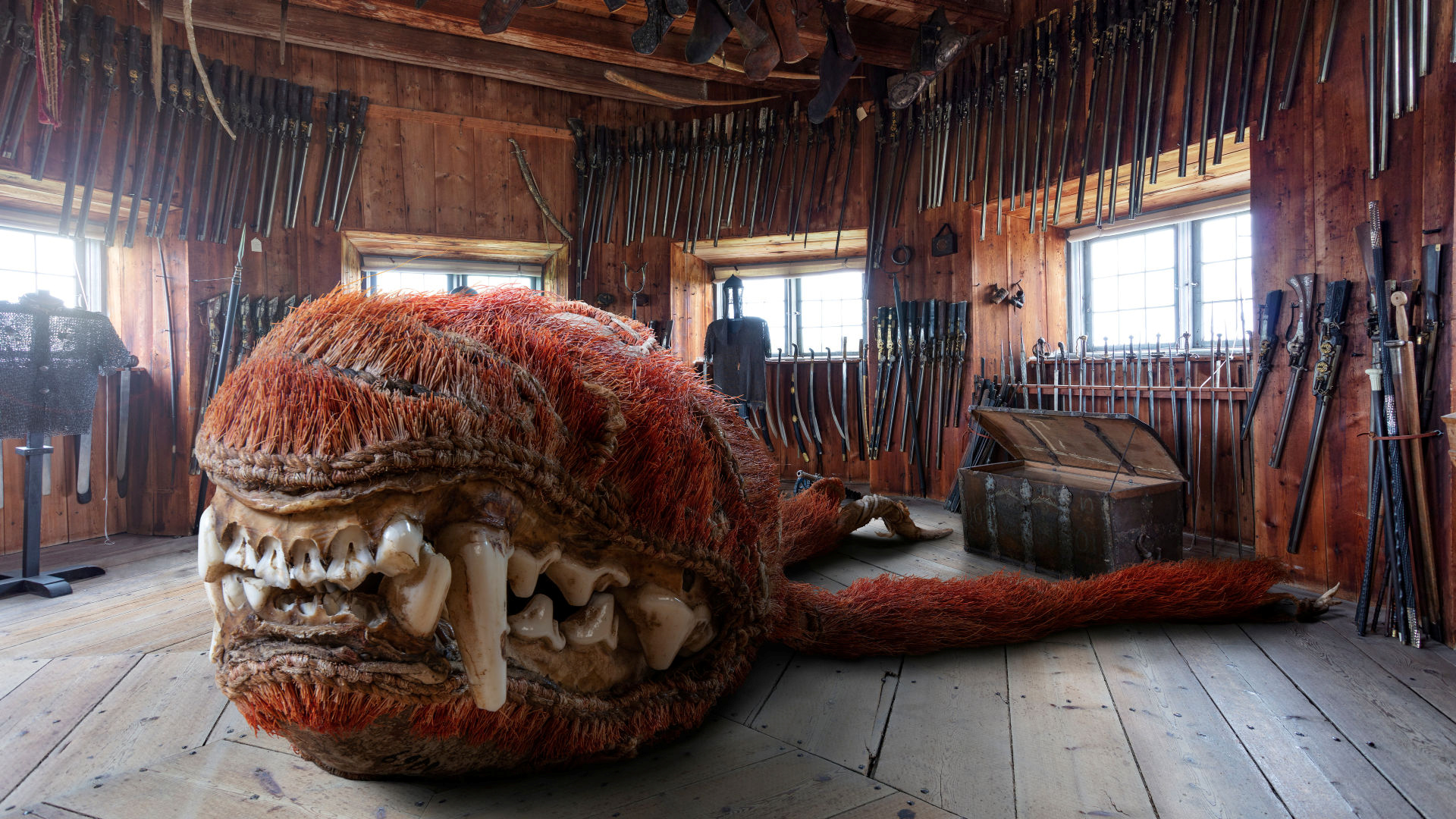
Dazzling Splendour
Costly objects of silver, gold and precious stones. Decorative items, jewels and miniature portraits, spoils of war and gifts, presents and souvenirs. The Silver Chamber contains treasures of all kinds from different eras. A small gold ring from the 5th century AD is the oldest. They all have different origins and their own stories of how they came to be in Skokloster Castle. The collection of silver and curios now found in the castle, including older items, mainly came here in the Brahe family’s time. The collection grew especially rapidly during Magnus Brahe’s time in the 1830s and 1840s. Swedish and German Baroque silver was added to the collection, as well as contemporary silver.
Part of the exhibition design is by JoAnn Tan Studios.
The image at the top of the page is a photo montage. Photographer: Helena Bonnevier, Skoklosters castle/SHM
